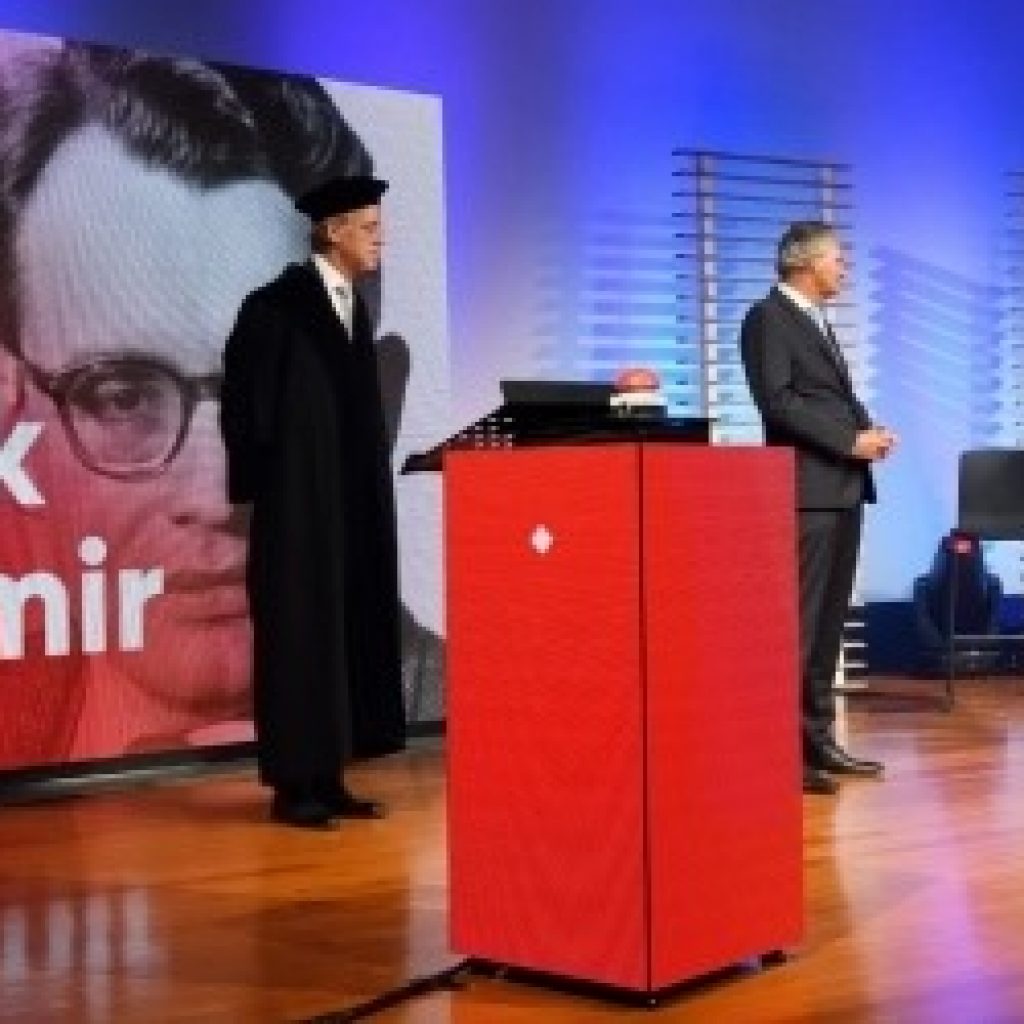(LaserFocusWorld) The Eindhoven University of Technology (TU/e; Eindhoven, Netherlands) has established a new institute to create a unique and optimal environment to enable photonics and quantum computing to grow synergetically. The new institute, named the Eindhoven Hendrik Casimir Institute (EHCI), was officially launched on September 6, 2021, by Robbert Dijkgraaf during the opening of the academic year.
This institute was opened by Robbert Dijkgraaf, director of the Institute of Advanced Study in Princeton, and Gerda Casimir, daughter of Hendrik Casimir. High-tech company ASML, one of the key partners of TU/e, gave the new institute a set of high-tech machinery donations worth 3.5M euros in order to congratulate the university on its 65th anniversary.
The EHCI is named after Dutch physicist Hendrik Casimir (1909 – 2000), who is most famous for his work on superconductivity and quantum physics, most notably the Casimir effect—the phenomenon where two plates placed very close to each other subtly attract each other due to quantum fluctuations. This is analogous to how the two research fields underpinning the institute will be working close together.
The new institute will smartly ‘entangle’ two major technology fields: the superfast light-driven communication technology of photonics and the powerful calculation capabilities of quantum technology. These technology fields hold great promise in overcoming the limits that current computation and communication technologies are slowly but surely reaching—for example, in terms of miniaturization and energy costs.
Martijn Heck, scientific director of the EHCI said, “The new institute will bring the much-needed real synergy, in order to bring more clear directions for these fields and making the right choices.In ten years’ time the institute will make significant contributions to new computing paradigms like quantum and neuromorphic computing, to novel technologies to make communication far more energy-efficient and secure and to compact biosensors for detecting diseases, and metrology sensors with atomic-scale resolution”.
New Dutch Institute Will ‘Entangle’ Next-Gen Photonics and Quantum Technology
